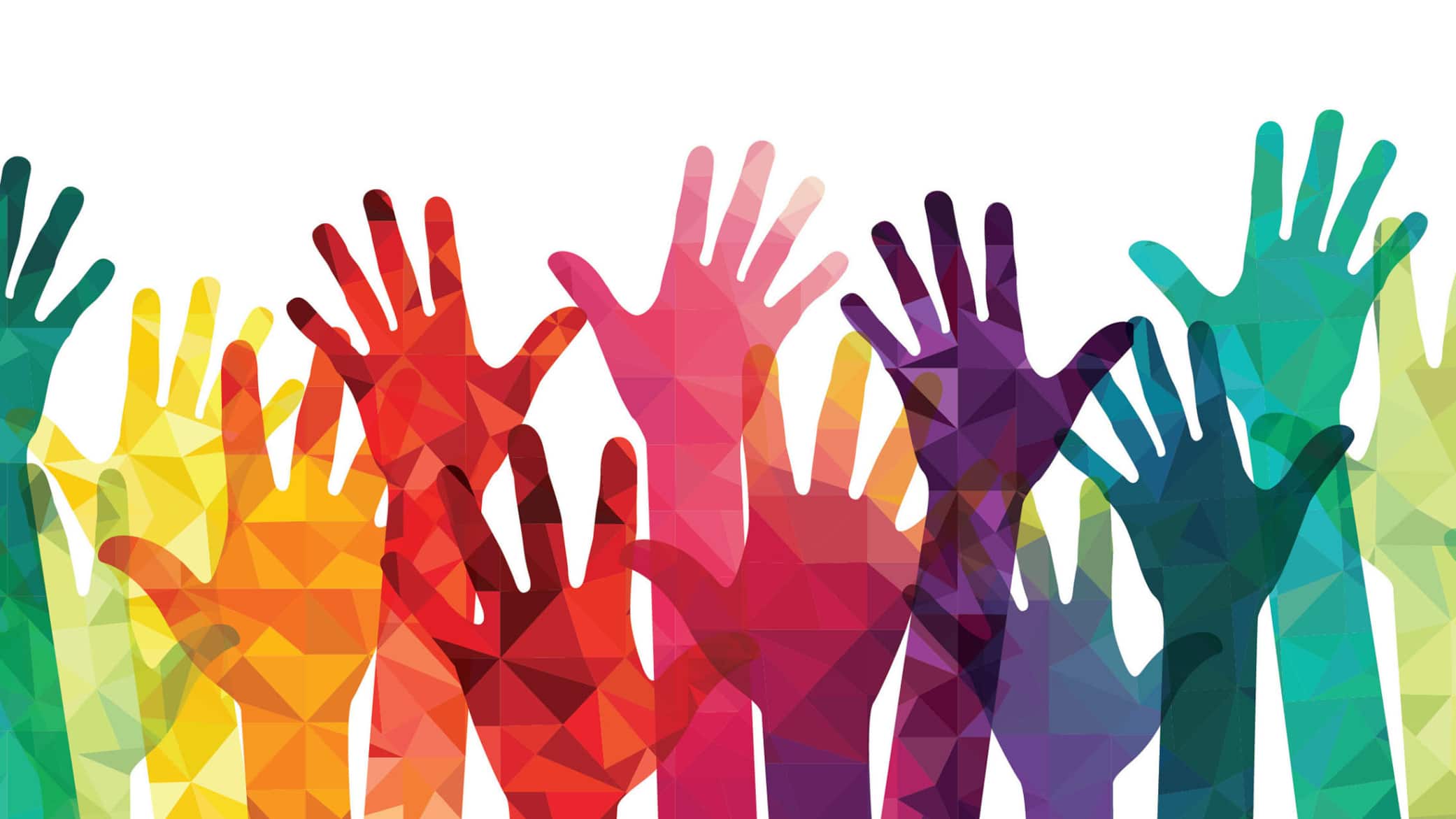Many Germans are in favor of more diversity in advertising
According to a survey, numerous people from Germany are in favor of more diversity in advertising. Among other things, this relates to the age and sexuality of models and protagonists. The corresponding findings are based on a short YouGov study and were published as part of a press release.
This also shows that the number of those who have dealt with the topic of diversity has apparently increased. Around one in four said that they had already dealt with diversity in general in the past. In this context, it is also interesting to note that many people have a different understanding of diversity. However, around half of the people who took part in the survey essentially equated the term with a person's sexual orientation or gender identity. This is followed by ethnic origin, religion and only at the end by age.
Around 54 percent would like to see more diversity in advertising
According to the survey in question, more than half of those surveyed would like to see companies' advertising measures be more versatile. A more comprehensive image of the company should be conveyed. This is precisely what emerges from the current survey entitled "Diversity in Marketing," in connection with which more than 2,000 people were questioned.
This was a representative study whose participants were 18 years or older. It remains to be seen to what extent companies from a wide range of industries will follow the results. What is certain is that the study provided a thoroughly interesting insight into what consumers (obviously) want.
A detailed look at the study
What exactly does "more diversity" mean? This is a kind of "supplementary question" that is well worth examining a little more closely. Most of the survey participants who cast their vote for more diversity to be represented in advertising are female and often older than 55.
But why are so many people now advocating that advertising should be more "colorful"? When asked about this, many explain that they would like to broaden their own horizons and are accordingly on the lookout for new ideas. It is precisely these people who - at least for the most part - pay somewhat closer attention to WHAT they buy. Many of them say they pay attention to where a product comes from when they buy it.
How diverse is modern advertising?
A look at the current survey shows in any case: "There's still something going on here!". And yet it would also be wrong to describe modern advertising as "non-diverse" per se. There are now many companies that focus, for example, on different ethnicities, transgender people and even more variety, thus showing once again how colorful society has now become. Unfortunately, this is not always well received. Social networks in particular show time and again that society is very divided towards diversity models, for example.
Fortunately, however, there are also many voices in favor of more diversity. A number of consumers appreciate this view beyond the end of their noses and are not bothered, for example, if their favorite product is presented to them by someone from the queer community or by a woman wearing a headscarf. Society is not just standardized. And modern marketing has set itself the task of proving exactly that in many areas.
Have you noticed that the Iranian head of state Ali Khamenei has made homophobic comments?
